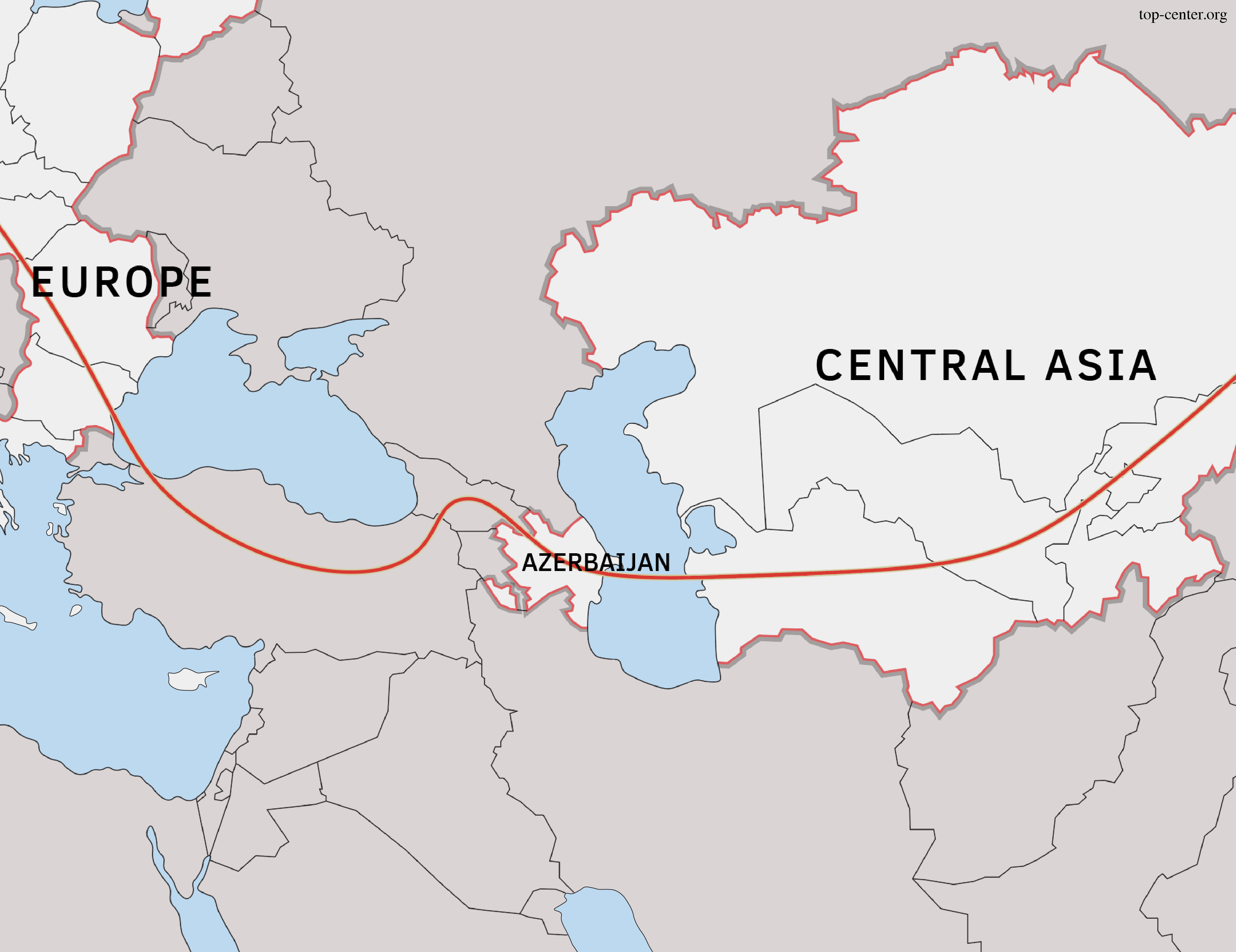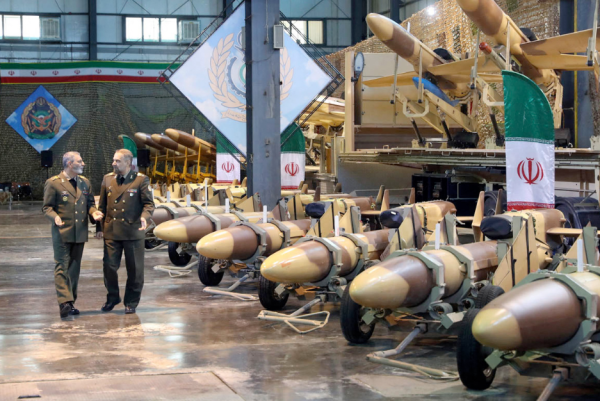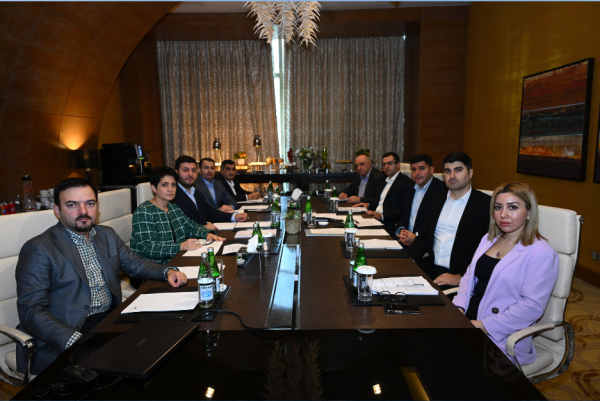Toward a new geopolitical format: Why 5+1+1 is a strategic necessity

In recent years, the geopolitical significance of Central Asia has grown considerably, driven by a convergence of factors, including the increasing global demand for alternative trade routes, the recalibration of regional partnerships following the war in Ukraine, and a renewed Western interest in engaging with post-Soviet Eurasia. Most importantly, we are currently witnessing a “Great Game 2.0” in Central Asia—this time, with more actors involved than ever before. Alongside traditional powers like Russia and China, the United States, the European Union and its individual member-states, the UK, Türkiye, and regional players such as India, Iran, and even South Korea are actively vying for influence, connectivity, and strategic partnerships across the region.
Yet, amidst this crowded and competitive geopolitical field, there remains an underappreciated actor whose strategic positioning and growing diplomatic activism demand more attention: Azerbaijan. With its increasing involvement in Eurasian connectivity, energy corridors, and regional security, Azerbaijan is no longer simply an external observer—it is actively seeking to integrate itself into Central Asia's evolving geopolitical mosaic.
While various 5+1 formats are on the rise—most recently the EU–Central Asia dialogue—Baku’s messaging to Western actors should be clear: the region now requires a 5+1+1 framework. Azerbaijan is no longer merely a neighbor or transit corridor; it intends to be an integral part of Central Asian geopolitics or at the very least a strategic gateway and bridge between the West and Central Asia. Recognizing this role within multilateral platforms will allow for more effective cooperation, deeper engagement, and better alignment of regional interests.
Is the traditional 5+1 format not sufficient?
Traditionally, the 5+1 format has served as a convenient platform for external actors to engage Central Asia. However, this setup implicitly assumes a static separation between Central Asia and its neighboring regions. As the political, economic, and security challenges facing these countries become increasingly interlinked, this division appears increasingly artificial.
Azerbaijan’s growing engagement with Central Asia calls for a more integrated approach. Following the resolution of the Karabakh conflict, Azerbaijan has actively sought to deepen ties across Eurasia—not only for strategic and economic reasons but also as part of a broader shift from bilateralism to multilateralism. Its recent accession to the D-8 Organization for Economic Cooperation exemplifies this trend.
Geographically, culturally, and economically, Azerbaijan shares multiple touchpoints with Central Asia. It serves as a natural land bridge between the Caspian and the Black seas, with vital energy and transport infrastructure such as the Baku–Tbilisi–Kars railway and the Southern Gas Corridor. These routes not only facilitate East–West connectivity but are increasingly viewed by the EU as key to reducing dependency on Russian energy and transit systems.
Azerbaijan's strategic reorientation
Since its independence in 1991, Azerbaijan has directed almost all of its resources toward resolving the decades-long Karabakh conflict. Now, with the finalisation of the Karabakh chapter and the restoration of its territorial integrity, a “what`s next?” question arose before the policymakers in Baku, which necessitates Azerbaijan to rethink and reshape its foreign policy priorities.
With this foreign policy usually based on ‘equidistance’ between Russo-centric Eurasian structures and the Western power bloc, Baku has avoided aligning itself with either of these geopolitical poles. At the same time, this balancing act has prompted Baku to search for a new geopolitical orientation and a more forward-looking trajectory for its foreign policy and economic engagement. In this context, Central Asia emerges as a natural strategic partner for Azerbaijan, offering a framework for mutually beneficial geopolitical and economic cooperation.
This strategic realignment is underpinned by a number of factors—chief among them shared cultural roots, ethnolinguistic ties, and a common historical heritage. The very idea of Turkic unity, in fact, first took shape in Azerbaijan in the late 19th century. Since the 1990s, Azerbaijan—alongside Türkiye—has been a locomotive of the Turkic agenda, promoting various integrationist initiatives. While these efforts initially focused on cultural solidarity, recent years have seen a clear shift toward deeper political and economic cooperation among Turkic-speaking states.
The Organization of Turkic States (OTS), loosely modeled on the European Union, now stands as a platform with the potential to evolve into a more structured and impactful supranational entity—if nurtured effectively. Importantly, the OTS has already begun to translate its vision into tangible geo-economic projects, such as the Trans-Caspian International Transport Route, also known as the Middle Corridor, whose strategic importance has grown significantly amid the disruptions caused by the Russia–Ukraine war.
The geopolitical logic of 5+1+1
A 5+1+1 format acknowledges Azerbaijan not merely as a transit corridor but as a political actor and economic partner whose interests and capacities are aligned with both the EU (or any European actor) and Central Asia.
This trilateral dialogue platform would create several benefits:
- Enhanced regional ownership: By including Azerbaijan, the format better reflects regional dynamics and promotes intra-regional cooperation. Azerbaijan's active foreign policy, investments in regional transport and logistics, and energy interconnectivity with Central Asia make it a natural partner.
- EU's strategic entry point: Azerbaijan can serve as a credible interlocutor and bridge for the EU's engagement with Central Asia. With growing concerns over Russian influence and China’s economic footprint in the region, the EU needs more nimble and locally anchored partnerships. Azerbaijan, with its secular governance model, energy cooperation record, and balancing diplomacy, fits this role.
- Multilateral efficiency: Joint platforms such as a 5+1+1 dialogue can streamline overlapping initiatives—such as energy corridors, digital connectivity, and climate resilience—by promoting synergy rather than fragmentation among the involved parties.
- Security and stability: As regional threats like extremism, water scarcity, and border disputes persist, a broader cooperative format can help in creating coordinated responses. Azerbaijan’s post-conflict experience and expertise in defense modernization may also be of interest to Central Asian states grappling with similar concerns.
To ensure the 5+1+1 format does not remain merely a symbolic proposal, it must be rooted in practical steps such as institutionalization: regular summits, working groups, and thematic forums (e.g., on trade, energy, connectivity) can be established to ensure continuity and measurable outcomes.
A window of opportunity
The shifting global and regional geopolitical context offers a window of opportunity. As the EU diversifies its partnerships, and as Central Asian states seek greater agency in foreign affairs, a new model of engagement is needed—one that is inclusive, agile, and regionally grounded.
Azerbaijan’s increasing regional activism and geostrategic location make it an ideal partner to bridge Europe and Central Asia. The proposed 5+1+1 format is not just a diplomatic innovation—it is a necessary evolution for a region in flux







